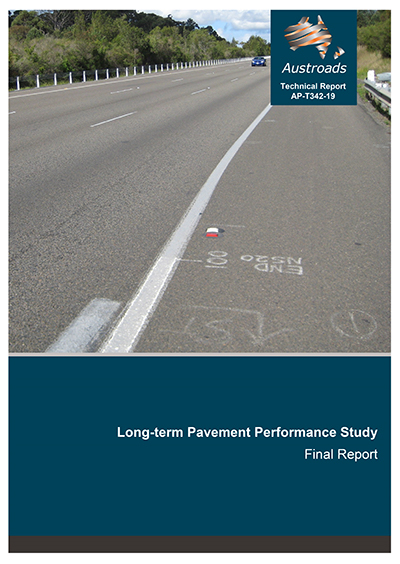Wednesday, 23 January 2019

Austroads has released the final report of the long-term pavement performance (LTPP) study which was established in 1994-95.
This long-running project monitored the structural and functional performance of a range of in-service sealed granular, asphalt and concrete pavements.
LTPP monitoring helps with understanding pavement behaviour under different traffic loading and environmental conditions. Prediction of pavement performance under various conditions is a critical element in managing high-cost pavement assets in terms of the potential cost savings on maintenance and rehabilitation activities.
The primary objectives of the study were to
- enhance road asset management strategies by using improved pavement performance models
- compare the performance of a range of Australian pavement sections with sections in the United States that had been established under the Strategic Highway Research Program Long Term Pavement Performance (SHRP-LTPP) Program
- compare the performance of accelerated loading facility (ALF) test pavements with actual road pavement performance
- investigate the quantitative influence that various maintenance surface treatments had on long-term pavement performance, as determined by the long-term pavement performance maintenance (LTPPM) portion of the study.
The study has more than fulfilled its original objectives with outcomes including:
- The development of rutting and roughness progression factors and the calibration of the HDM‑4 road deterioration (RD) models for rutting and roughness under Australian conditions
- The development of interim works effects (WE) models for a wide range of surface treatments
- The development of interim network-level functional and structural RD models for flexible pavements. These models along with WE models were installed in the pavement management system used by the NSW, Victorian and Western Australian road agencies.
- The development of asphalt and seal life prediction model based on bitumen hardening from more than 257 asphalt and 124 seal samples collected across the country.
- A comparative analysis of in-service LTPP pavement data from Victoria, Queensland and South Australia with ALF experimental data which confirmed that pavement performance predictions made from the ALF pavements were generally comparable with the performance of in-service pavements.
- Probabilistic RD model development using a decision tool software @Risk.
- Trialling a new probabilistic modelling approach using a data condensation technique known as stochastic information packet to explore the possibility of adopting the approach in a pavement management system.
- Development of guidelines for the establishment and monitoring of LTPP and LTPPM sites.
- A comparison between the asphalt pavement performance of the LTPP sites and the US SHRP‑LTPP sites showed that the US non-freezing zone and Australian pavements experienced similar structural and functional deterioration.
- An investigation of the influence of maintenance and surface treatments on pavement performance was based on the data collected from eight LTPPM sites from 1998 to 2018. The progression rate of each observed distress, i.e. deflection, roughness, rutting and cracking, was used as a performance indicator. The periodic maintenance treatments such as geotextile reseals, polymer modified binder (PMB) reseals and normal reseal treatments helped reduce the rate of deterioration in terms of roughness, rutting and cracking as expected.
The LTPP data has been is frequently used by researchers and academia inside and outside Australia.
Report link: Long-term Pavement Performance Study: Final Report
Webinar link: Long-Term Pavement Performance Study
